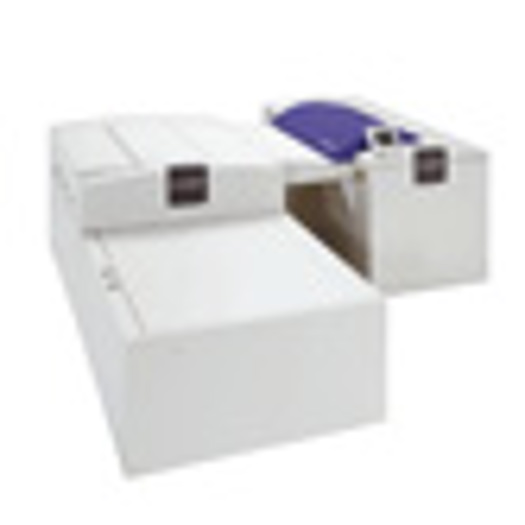Click here to view the Platesetters: flexo, newspaper and VLF Buyers' Guide tables
There is a gradual shift occurring in the platesetter market, with the UK set to follow Europe in the move toward larger formats. As a result, there is a need for larger-format plate sizes that can be produced quickly and efficiently.
"Many companies are replacing their multiple CTP systems with single, faster, and larger models to take advantage of productivity increases," says Brian Filler, managing director at Screen UK.
According to Filler, some companies are moving from 4pp to 8pp formats, while others are moving up to 16pp as well as 32pp-plus systems. Because it's a mature market, most investments are upgrades to faster, more modern models.
"As most printers are moving from single-sided presses to long perfectors, they need to image 10 or 12 plates quickly, rather than just five or six and these larger-format CTP devices are ideal to generate the volume," says Filler.
He adds that the desire for faster machines is also being driven by the push towards shorter run lengths, which means more plate changes for the operator.
Format choice
With flexo platesetters, printers generally buy the size they need and upgrade when more production is needed. "If a printer wanted to go from 2.5m to 8m we would simply upgrade the laser," says EskoArtwork UK and Ireland business manager Paul Bates.
According to Bates, the key trend in the flexo market is that printers are opting for higher resolution optics to increase quality to 175-200 lines per inch.
A buyer's choice of plate type, format and size of output will usually determine the type of platesetter they invest in. However, workflow is also an important consideration to bear in mind. Buyers need to factor in additional expenses, such as workflow software. A printer's workflow, plate and imaging system must all complement each other.
What's new....
Low-energy platesetters are also starting to come onto the market, but buyers should check the power requirement for each plate as some may require more energy to finish than others. Therefore buyers have to consider the exposure and development process together as a system.
? In June, Screen launched the PlateRite FX870II, which it claimed was the world’s first platesetter to offer a maximum resolution of 4,800dpi as standard. The FX870II is designed to meet the needs of the packaging and labels markets, and its high resolution is said to significantly improve the smoothness of curves and diagonals
? In October last year, ECRM showcased its Mako Newsmatic platesetter at Graph Expo in Chicago. The fully-automated Mako Newsprint platesetter can produce more than 60 broadsheet plates per hour at 1,270dpi and is suitable for a range of web widths up to a maximum format of 635x927mm. According to ECRM, the Mako violet CTP platesetters is designed to draw as little energy as it takes to light three 100-watt light bulbs
? In March, Middlesex-based Victoria Litho became the first UK firm to install Agfa’s Avalon N36 VLF platesetter. The kit produces 23 VLF plates per hour and was chosen to cope with short-run and fast-change demands
Platesetters: flexo, newspaper & VLF

With more UK printers investing in bigger presses, the need for larger-format platesetters is also on the rise, says Nosmot Gbadamosi








